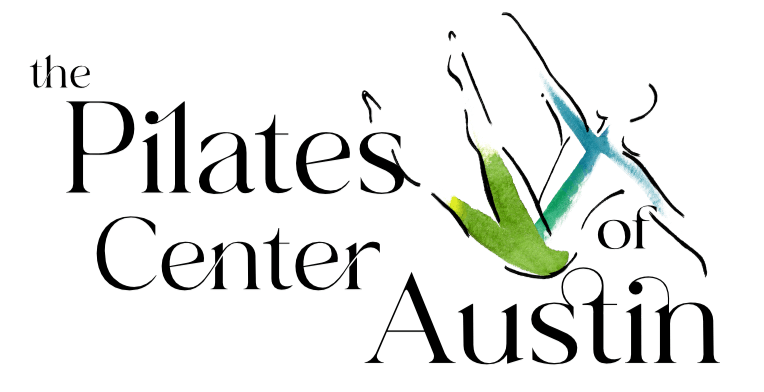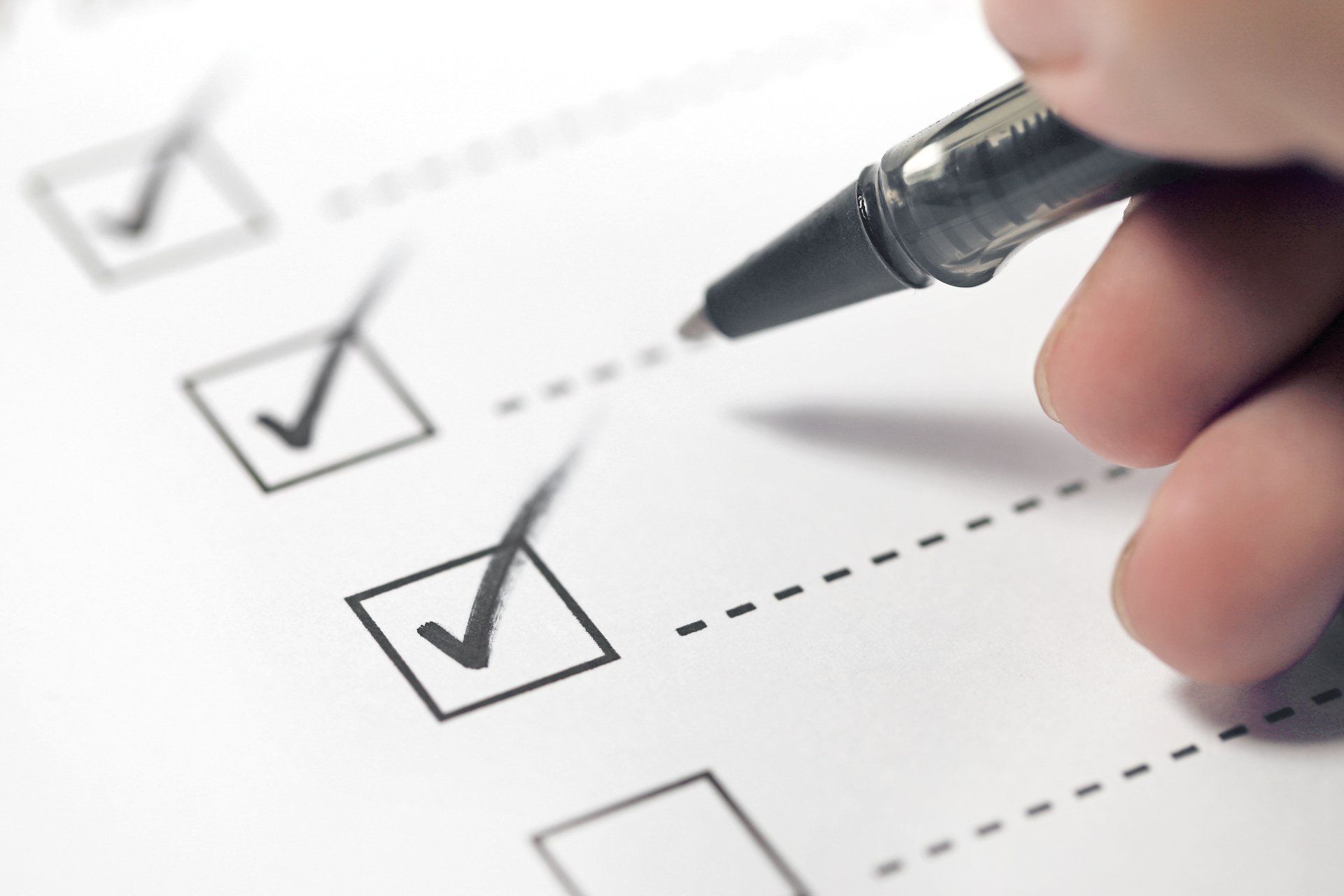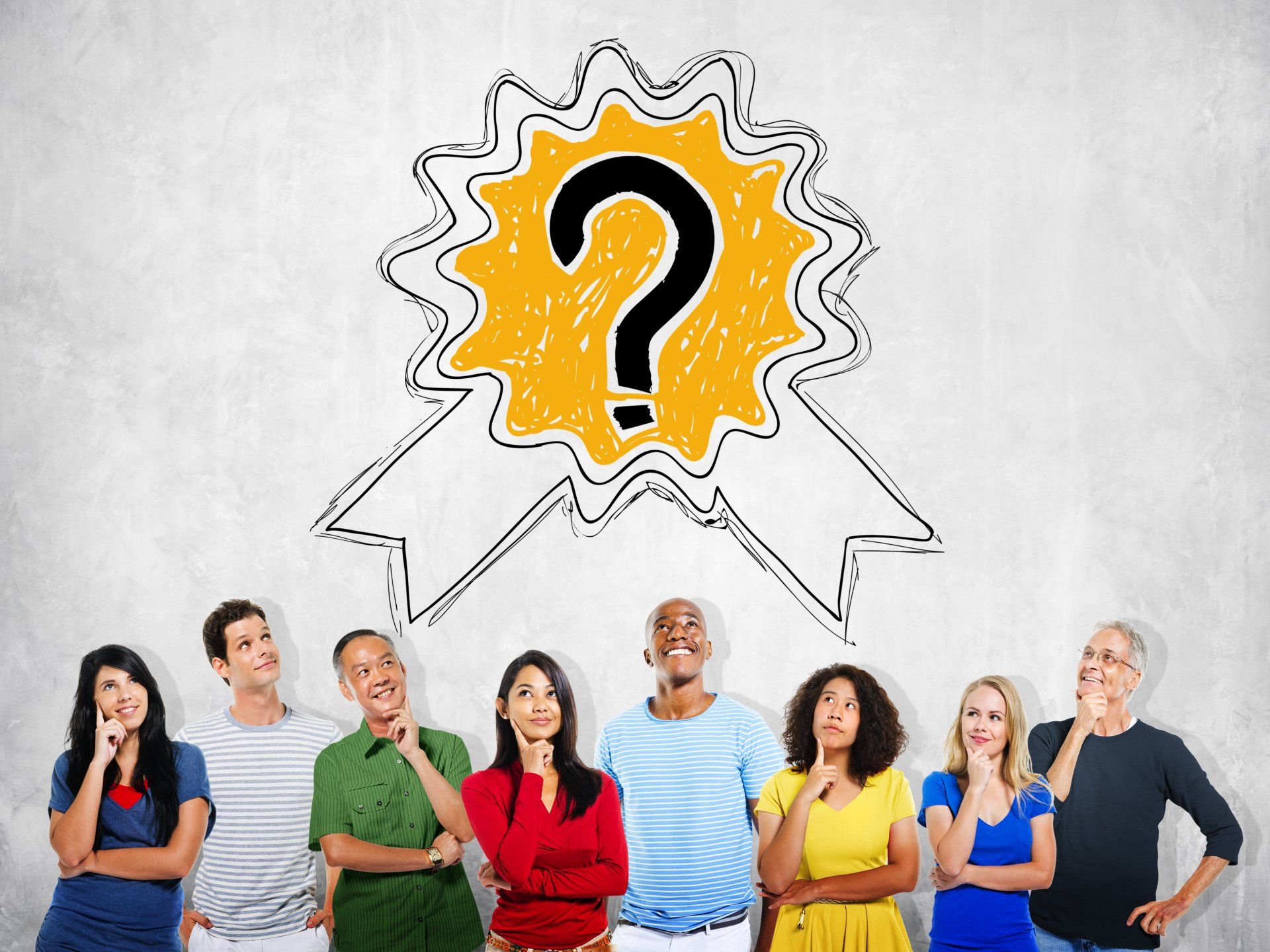New Student Guide
Choosing a Studio: 4 Essential Questions
Is Pilates Right for Me?
The low impact nature of the Pilates workout, coupled with its emphasis on the quality of movement (rather than endless repetitions to the point of fatigue), makes Pilates perfect for any age, body type or fitness level.
If you have chronic pain or are rehabbing from an injury or surgery, private sessions are advised.
What is the Best Way to Get Started?
You'll start your training at our Basic Level, whether that be a Class (max 8 students) or Private session.
From there, you will move, at your own pace, on to progressively more challenging workout flow classes and sessions.
How Often Should I Work Out?
Pilates is often called the "Perfect Workout": core strength; toning and sculpting; flexibility; postural alignment; stamina; long, lean muscle; relief of chronic back, neck and joint pain.
To best realize these Benefits, it is very important that a newcomer exercise, under trained supervision, a minimum of 2 times a week, especially in the formative stages.
A Pilates Instructor…
Is a Pilates Instructor…
Is a Pilates Instructor … NOT!
With the soaring popularity of Pilates, many teachers are being now certified” with very little training, to meet the demand.
We adhere to the guidelines of the The Pilates Method Alliance, which stipulate a minimum of 450 credit hours in a recognized Teacher Training Program before one is considered a comprehensively trained instructor.
Here’s Your Checklist for Choosing a Pilates Studio
- Is it a studio where you’d feel "at home”?
- Does it have a stellar reputation, and a proven track record? Ask around, confirm the studio's reputation.
- Is its staff highly trained and proficient, with considerable experience in addressing your needs, desires and goals?
- Get clear on Policies, especially those which will affect you the most: What is the Fee Structure (Not just going in, but also going forward)? What about Cancellation Policies? Are Participation Discounts offered? Are Payment Plans available? Are there Membership Dues and Annual Fees?
- Make sure you get all your questions answered thoroughly.
- If possible, visit the studio, and get a tour.
Preparing For Your First Visit
Get Ready...
With clear goals in mind...
Do your best to identify what’s most, important to you. (write these goals down, & bring them to your session!).
*Here’s a crucial tip: Set your goals somewhere between what you feel is realistic, and what would hit it out of the park! With casual goals there’s no thrill of being challenged. Unrealistic goals, and you'll quickly get frustrated, and ultimately, you'll get derailed.
With all your questions...
Don’t be bashful. Ask lots of questions. Get the answers you need.
By the end of your Introductory Sessions, you and your Instructor/Coach will have worked together to come up with an Action Plan going forward one that is best suited to support your goals, budget and needs. So, ask all the questions you feel will give you the information you need to make your best decision.
.... to have some fun!
You’re soon to make a life changing discovery: There can be great joy and empowerment in getting fit! No matter what your age, physical condition, or body type.!
We regard everybody as amazing…and soon you will, too!
Get Set...
What to bring...
It’s a good idea to bring a water bottle. Many of our students prefer to bring their own mat. However, mats, as well as a wide variety of props and accessories... are available to you AT NO CHARGE!
Cubbies are available to store personal belongings.
What to wear...
Masks: We will follow guidelines set forth by the CDC.
Clothing: Should allow a full range of movement, stretchy but not too loose.
Footwear: Many students prefer with toe sox (socks with grips on the bottom) for traction and safety. You can also take classes barefoot if you prefer.
What to avoid...
Strong Scents: By avoiding strong perfume, essential oils, and other scents. you’ll respect the space and your fellow students by keeping your space and body clean and odor-free.
Eating & Drinking: For some it is a good idea to avoid eating too close to class time.
Go...
Drum Roll... your 1st class!
Trust yourself... you know your body best. If you feel uncomfortable or hesitant, remember this mantra: Don’t be bashful. Raise your hand. Get the clarity you need.
You paid for your session, that’s what you deserve, and that’s why we’re here.
Late to your Class? Happens to us all... time to leave the rush behind, take a little time to do a few warm up movements, and quietly enter the class sequence when ready.
You did it!
Congratulations!... you’re off the starting blocks, and on your way!
Before you leave exuberantly into your day, a few housecleaning items:
Clean up: Please leave your space clean and ready for the next class., mats wiped down & props returned to storage.
Take your belongings: Our collection of water bottles is a testament to just how relaxed and high” we can be after a good class. We do have a lost and found, in case you have one of those spacey days.
And, we are with you
all the way!
Let us make your day!
And together transform your experience of getting fit for life!




